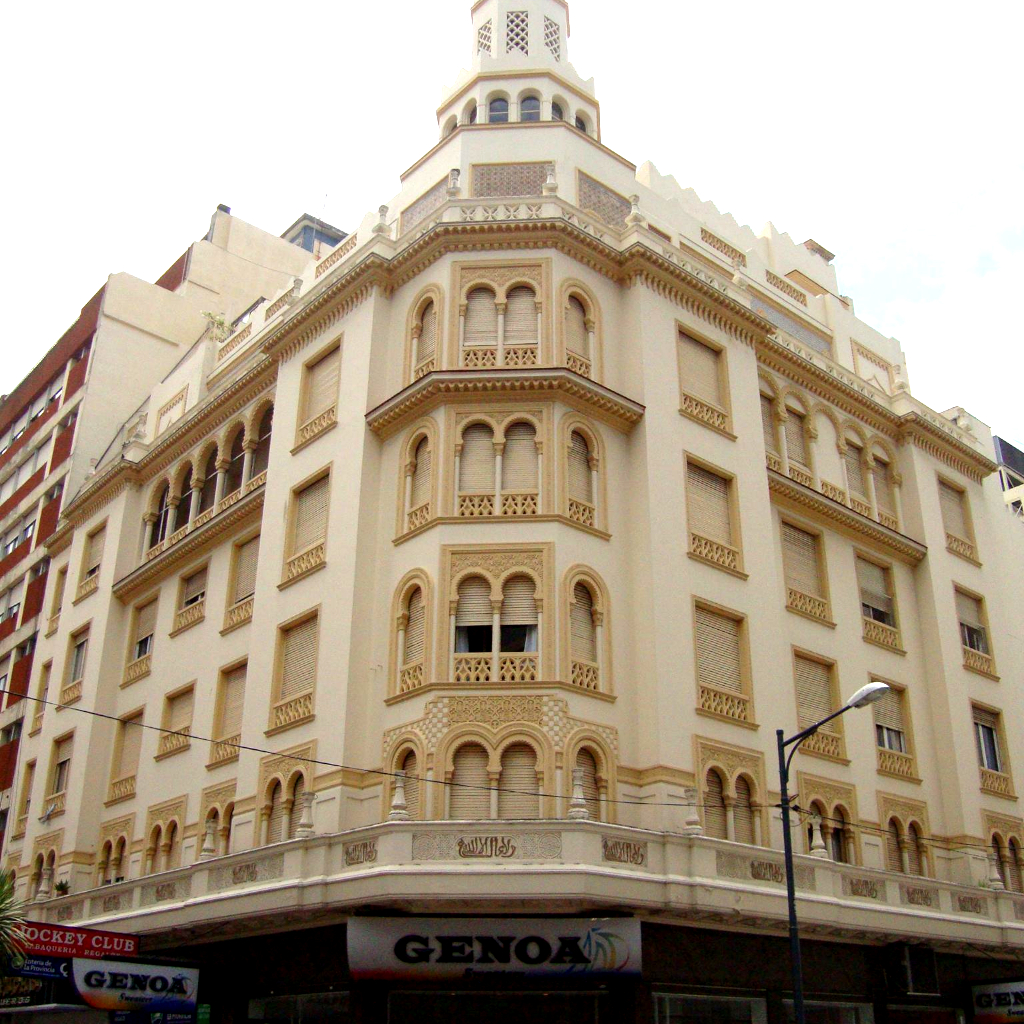We Americans, sadly tend to think of Latin America as a monolithic culture. Nothing could be further from the truth.
The impression that I got in school – even in Spanish class, where I did NOT do so well – was that the countries primarily consisted of a European Spanish or Portuguese elite with a large mestizo class (Spanish + Indian blend). It was/is not that simple.
First, the word mestizo means mixed, and does NOT necessarily contain the derogatory wallop that a term like mulatto used to carry, and might carry still, in the USA. But then there is a subcategory called castizo which means only one-quarter Indian and three quarters European Spanish. That term, castizo, has fallen out of use.
But the racial lines in Latin America are not so clearly delineated. A person who is one-quarter Indian would usually be considered White.
Okay, that part you may have known.
BUT DID YOU KNOW THIS?
The largest ethnic group in Argentina is Italian, not Spanish. And half of those Italians are Northern Italians, not the Mediterranean complected Sicilians. Indeed, though Argentina speaks Spanish, the Buenos Aires Metropolitan Area speaks Spanish. but with an Italian accent, and they often say Ciao instead of Adios.
Posted on YouTube: November 3, 2017
Indeed, in the early 20th century, so many Italians were leaving Italy for South America that Italy had to make emigration illegal. About 60% of Argentines have some degree of Italian ancestry, albeit not necessarily pure. Chile is roughly 3.5% Italian, but Uruguay is about 44% Italian in whole or part, while Brazil is about 15% Italian in whole or part.
And then there are the Germans. Somewhere between 6-10% of Argentines are German. The problem is that Germanic immigration started to Argentina before Germany was unified in 1871; and so were not properly registered as German. If you add in the German speaking Swiss, Austrians, and ethnic Germans from Eastern Europe, the number could go much higher.
Chile is about 2-1/2% German, with small Uruguay slightly over 1%; and Brazil comes in at 2.5%.
Of course, many are intermarried with other ethnicities now.
So NO, the German-Argentines are NOT all descended from those who fled to Argentina after WW 2. There had been a considerable amount of Germans in Argentina before the war, many of them had been there for generations; and some of the then newer German-Argentines had even fled Hitler in the 1930s. Those Nazis who fled after WW 2 were a relatively small group compared to the German-Argentine population and they only fled so they could hide.
Posted on YouTube: March 7, 2016
South Brazil is heavily German and Italian.
Further complicating the matter is that many of the Spanish immigrants to South America were not Spanish, but rather Basque and Galicians, who technically are not ethnic Spaniards, but come from the Whiter regions of Northern Spain.
Okay, you say, so Argentina is relatively White. Well, the same is true of some other Latin Countries. Costa Rica is heavily European White; with two-thirds identifying as White.
Chile has a considerable British population (about 3.5%).
To further add confusion to the mix, a large amount of South America’s founding fathers were from the British Isles.
Bernardo O’Higgins – half Irish, founding father of Chile.
Admiral Cochrane – Scottish, father of Chilean Navy
Admiral Willian Brown – Irish, founder of Argentine Navy
And not just these. A lot of mercenaries from Britan and Ireland fought in South America’s patriot armies.
Posted on YouTube: April 7, 2009
Today, between 1% to 2%, over a half million, of Argentines are Irish in whole or part.
Uruguay has over 10% French ancestry in whole or part, while Chile is roughly 4% French in ancestry, with Argentina having a whopping 17% French ancestry in whole or part.
Ukrainians, in whole or part, are roughly 3.5% of Argentina’s population.
The Croatians settled large parts of Chile and Argentina.
Posted on YouTube: December 15, 2017
The current president of Argentina, Javier Milei, is of Croatian and Italian ancestry. A former president of Argentina, Nestor Kirchner, was of Croatian and Swiss-German ancestry.
Okay, you say, but one does NOT normally see this in Mexico.
Well, most of Mexico and most of Central America is mestizo to be sure. But that is not true of all of Latin America. And even Mexico has some Germans and Arabs.
However, as so common in demographics, Wikipedia (2025) lists more Lebanese-Mexicans than Arab-Mexicans, which is ridiculous. This is a nightmare for historians and demographers, often caused by Lebanese Maronite Christians who refuse to consider themselves Arabs.
Large sections of South America, the southern tip (called the Southern Cone of South America) – Uruguay, Argentina, Chile, and South Brazil – are very White, albeit with a looser definition of white. Being one half Indian may not necessarily disqualify a person. Then general rule is: if you are more than half white, you can be considered white. However, I have known a green-eyed Chilean who was majority White in ancestry, and called herself mestiza. South America does have a racial divide, but it is not so sharp as it was historically in the United States.
It could be argued that Argentina is whiter than the USA, except that American Whites are more Northern European in ancestry and usually pure White. Argentina does have Northern European Whites, but most Argentines are Mediterranean in ancestry, and half of Argentine Whites have some degree (small or large) of non-White (usually Indian) ancestry.
BTW: Some Latin Americans often prefer the term indigenes (Indigenous) to Indian, as they sometimes treat the term indio (Indian) as derogatory.
Brazil is about 1% Japanese, with a smaller concentration in Argentina.
Essentially, ethnically, Argentina is similar to the United States, only with the proportions of each ethnic group varying.
Religiously, another difference between the USA and Latin America used to be religion, with the USA being majority Protestant and Latin America being majority Catholic.
Forget that, now! Evangelical Christianity has made massive inroads into Latin America, with Brazil about one-third Evangelical and growing. In some Central American countries, Evangelicals are approaching or now outnumber Catholics in percentages.
As for Jews, America has more Jews by percentage than Latin America, but Argentina still has a massive number of Jews, and has the seventh largest community of Jews in the world. At one time, the percentage of Jews in Argentina rivalled that of the USA.
The Jews have had a massive effect on the Argentine nation to this day.
Posted on YouTube: July 10, 2024
Jews made an important contribution to the development of tango.
Unfortunately – and beyond the scope of this post – anti-Black discrimination is still strong in sections of Latin America, particularly Argentina.
So, if you thought that so many Arabs going to Latin America was that unbelievable, think again. Latin America is more of a melting pot than you probably realized.






